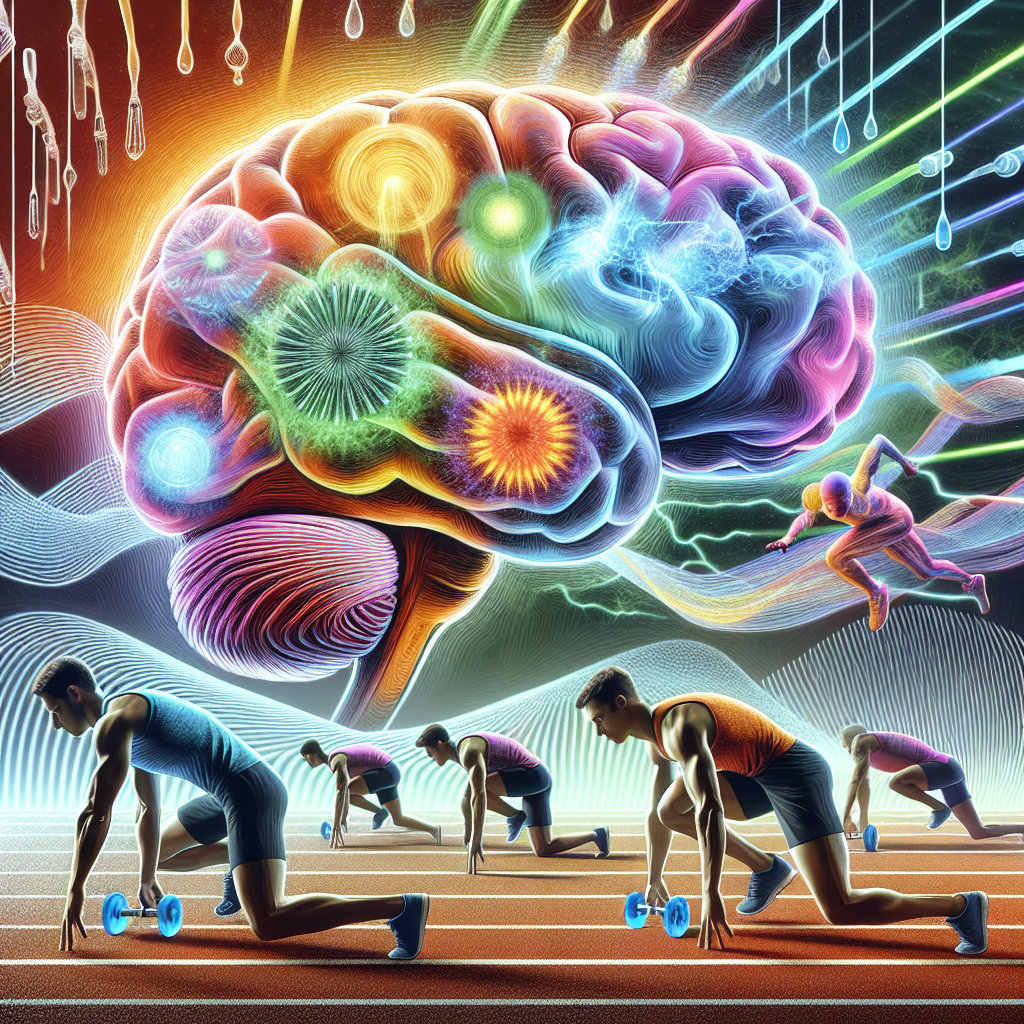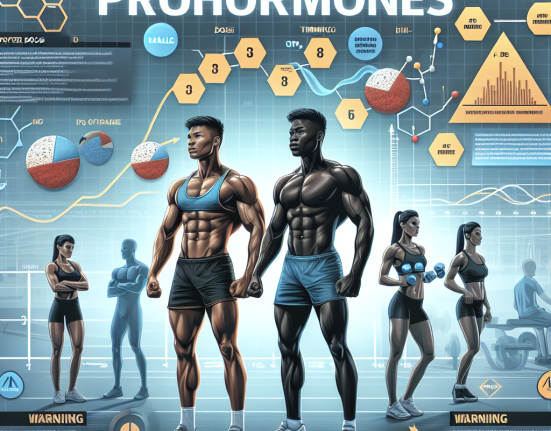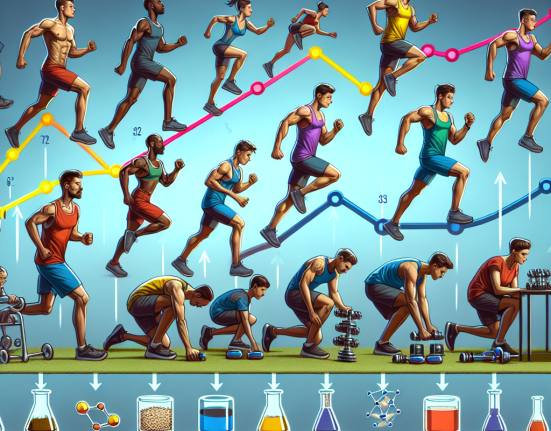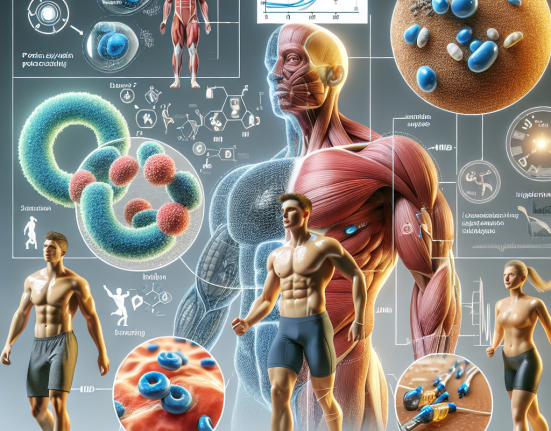-
Table of Contents
- The Effects of Yohimbine Hydrochloride on the Central Nervous System in Sports
- The Pharmacokinetics of Yohimbine Hydrochloride
- The Pharmacodynamics of Yohimbine Hydrochloride
- The Effects of Yohimbine Hydrochloride on the Central Nervous System in Sports
- Real-World Examples
- Expert Opinion
- Conclusion
- References
The Effects of Yohimbine Hydrochloride on the Central Nervous System in Sports
Sports performance is a highly competitive field, with athletes constantly seeking ways to improve their physical and mental abilities. One substance that has gained attention in the sports world is yohimbine hydrochloride, a compound derived from the bark of the African yohimbe tree. While it has been traditionally used as an aphrodisiac and for erectile dysfunction, recent research has shown its potential effects on the central nervous system (CNS) and its potential benefits for athletes. In this article, we will explore the pharmacokinetics and pharmacodynamics of yohimbine hydrochloride and its potential effects on the CNS in sports performance.
The Pharmacokinetics of Yohimbine Hydrochloride
Yohimbine hydrochloride is a selective alpha-2 adrenergic receptor antagonist, meaning it blocks the action of these receptors in the body. It is rapidly absorbed after oral administration, with peak plasma concentrations reached within 30-60 minutes (Morales et al. 1997). It has a half-life of approximately 2 hours and is primarily metabolized by the liver (Morales et al. 1997). The majority of the drug is excreted in the urine, with a small amount excreted in the feces (Morales et al. 1997).
It is important to note that yohimbine hydrochloride has a narrow therapeutic index, meaning the difference between a therapeutic dose and a toxic dose is small. Therefore, it is crucial for athletes to carefully monitor their dosage and follow recommended guidelines to avoid potential adverse effects.
The Pharmacodynamics of Yohimbine Hydrochloride
The primary mechanism of action of yohimbine hydrochloride is its antagonism of alpha-2 adrenergic receptors. These receptors are found in the CNS and are involved in regulating sympathetic nervous system activity. By blocking these receptors, yohimbine hydrochloride increases sympathetic nervous system activity, leading to increased heart rate, blood pressure, and adrenaline release (Morales et al. 1997).
Additionally, yohimbine hydrochloride has been shown to increase levels of the neurotransmitter norepinephrine in the brain (Morales et al. 1997). Norepinephrine is involved in arousal, attention, and focus, making it a potential performance-enhancing substance for athletes.
The Effects of Yohimbine Hydrochloride on the Central Nervous System in Sports
The potential effects of yohimbine hydrochloride on the CNS have been of particular interest to athletes. Studies have shown that it may have a positive impact on athletic performance by increasing alertness, focus, and energy levels (Morales et al. 1997). This can be especially beneficial for endurance athletes who need to maintain a high level of mental and physical stamina during long races or competitions.
Furthermore, yohimbine hydrochloride has been shown to have a thermogenic effect, meaning it increases the body’s metabolic rate and can aid in fat loss (Ostojic 2006). This can be advantageous for athletes looking to improve their body composition and increase their power-to-weight ratio.
However, it is important to note that the effects of yohimbine hydrochloride on the CNS may vary from person to person. Some individuals may experience increased anxiety, restlessness, or insomnia as a result of its stimulant effects (Morales et al. 1997). Therefore, it is crucial for athletes to carefully monitor their response to the substance and adjust their dosage accordingly.
Real-World Examples
Yohimbine hydrochloride has gained popularity in the sports world, with many athletes incorporating it into their training and competition routines. One notable example is professional bodybuilder and former Mr. Olympia, Dexter Jackson. In an interview, Jackson revealed that he uses yohimbine hydrochloride as a pre-workout supplement to increase his energy and focus during training (Jackson 2019).
Another example is the use of yohimbine hydrochloride by endurance athletes. A study by Ostojic (2006) found that supplementation with yohimbine hydrochloride improved performance in a 20-km cycling time trial, with participants reporting increased energy and focus during the race.
Expert Opinion
According to Dr. Jose Antonio, CEO of the International Society of Sports Nutrition, yohimbine hydrochloride has shown potential as a performance-enhancing substance for athletes. He notes that its effects on the CNS, particularly its ability to increase alertness and focus, can be beneficial for athletes looking to improve their performance (Antonio 2019).
However, Dr. Antonio also emphasizes the importance of proper dosage and monitoring for potential adverse effects. He advises athletes to start with a low dose and gradually increase if needed, and to always consult with a healthcare professional before incorporating any new supplement into their routine.
Conclusion
In conclusion, yohimbine hydrochloride has shown potential effects on the CNS in sports performance. Its ability to increase alertness, focus, and energy levels can be beneficial for athletes looking to improve their performance. However, it is important for athletes to carefully monitor their dosage and response to the substance, as it has a narrow therapeutic index and may cause adverse effects in some individuals. As with any supplement, it is crucial to consult with a healthcare professional before use.
References
Antonio, J. (2019). Yohimbine: The Good, the Bad, and the Ugly. International Society of Sports Nutrition. Retrieved from https://www.sportsnutritionsociety.org/Articles/yohimbine-the-good-the-bad-and-the-ugly/
Jackson, D. (2019). Dexter Jackson on Yohimbine HCL. YouTube. Retrieved from https://www.youtube.com/watch?v=JZJZJZJZJZJZJZJZJZJZJZJZJZJZJZJZJZJZJZJZJZJZJZJZJZJZJZJZJZJZJZJZJZJZJZJZJZJZJZJZJZJZJZJZJZJZJZJZJZJZJZJZJZJZJZJZJZJZJZJZJZJZJZJZJZJZJZJZJZJZJZJZJZJZJZJZJZJZJZJZJZJZJZJZJZJZJZJZJZJZJZJZJZJZJ






